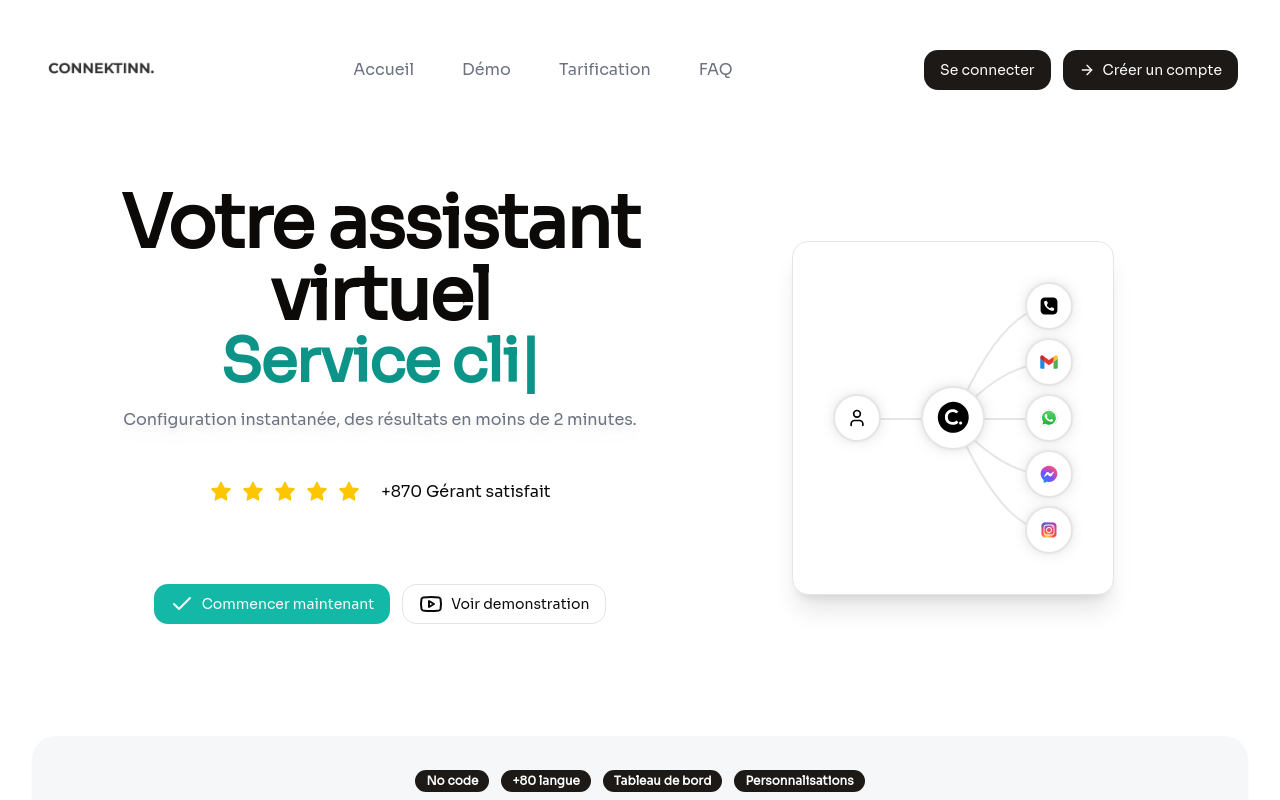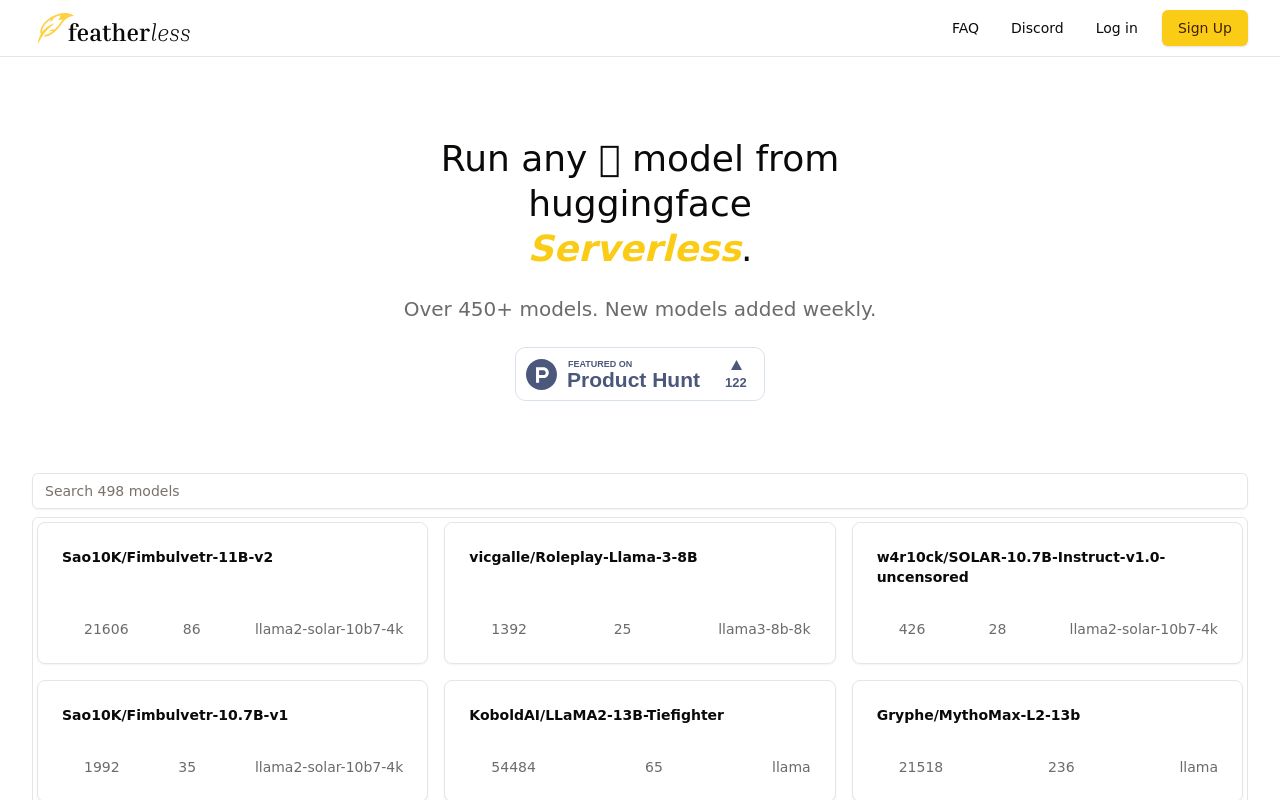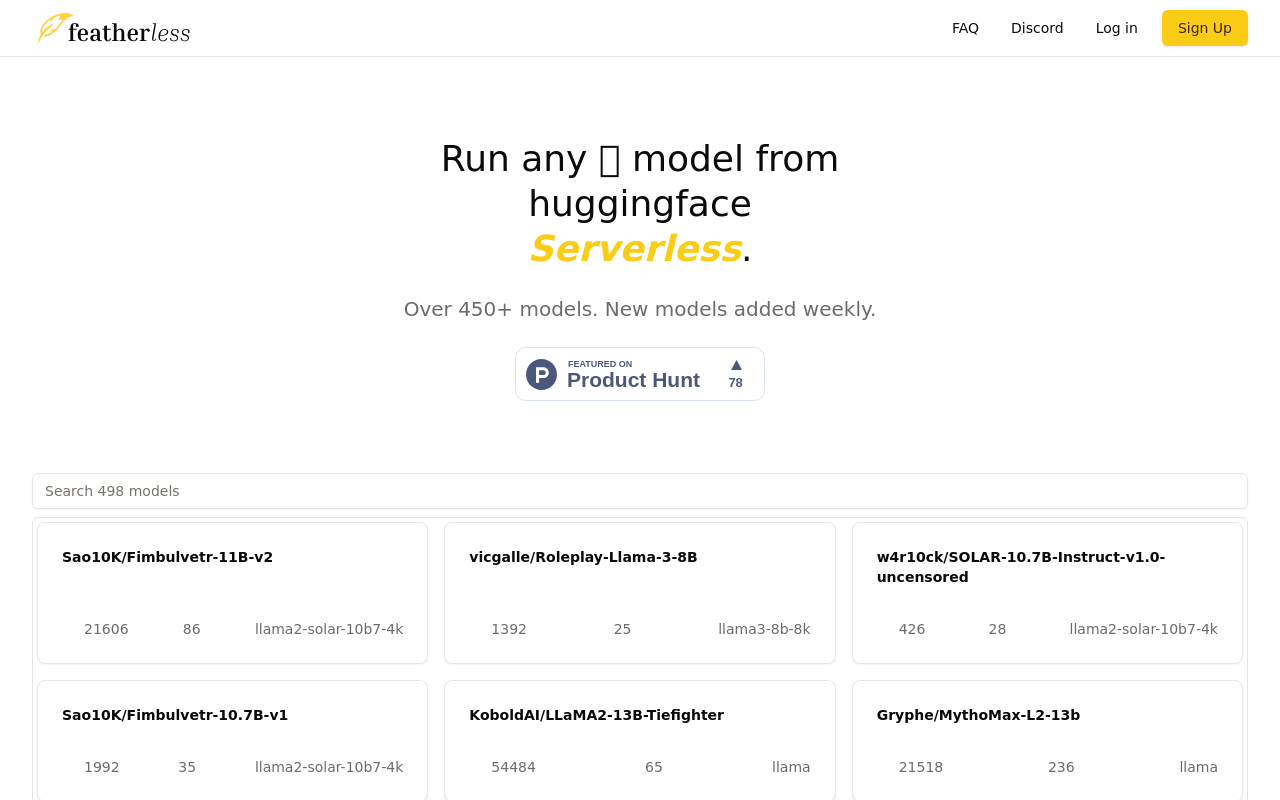Creating Assessment Tasks Based on Learning Objectives
Revolutionize Assessment Creation with Targeted Learning Objectives
Best for:
- Educators
- Curriculum Designers
- Academic Institutions
Use cases:
- Creating aligned assessments
- Improving student outcomes
- Streamlining assessment development
Users like:
- Education
- Training
- Academic Research
What is Creating Assessment Tasks Based on Learning Objectives?
###Quick Introduction
The "Creating Assessment Tasks Based on Learning Objectives" workflow by MindPal is a comprehensive tool designed to elevate the quality of educational assessments. Tailored for educators, curriculum designers, and academic institutions, this tool helps streamline the intricate process of creating assessments that are precise, fair, and directly aligned with specific learning goals. The pathway encompasses key pedagogical frameworks and translates them into usable assessment criteria, ensuring that every test measures what it’s supposed to with high accuracy. MindPal has harnessed the power of AI and educational best practices to craft this tool, making it an indispensable asset for professionals focused on effective teaching and learning outcomes.
This tool aims at mitigating common pitfalls in the assessment creation process, such as misalignment with learning objectives or lack of clarity and measurability. By utilizing Bloom’s Taxonomy as a foundational guide, users can generate clearly articulated learning objectives. Subsequently, assessment tasks are constructed to align meticulously with these objectives. The outcome is a well-rounded, reliable assessment that not only gauges student performance more accurately but also enhances the overall teaching strategy. For educators struggling to navigate the complexities of curriculum requirements or those seeking to adopt a data-driven approach to teaching, this tool is a game-changer.
###Pros and Cons
Pros
- Precision: Ensures high alignment between learning objectives and assessment tasks, leading to more accurate measurement of student competencies.
- Efficiency: Significantly reduces the time and effort required to create assessments by providing a structured workflow.
- Data-Driven Insights: Enables educators to gain valuable insights into student learning, thereby refining teaching methods.
Cons
- Learning Curve: Although intuitive, some users may need time to fully explore and utilize all features effectively.
- Limited Customization: The predefined frameworks may pose constraints for highly customized or unique curriculum requirements.
- Dependence on Accurate Learning Objectives: The success of the assessments heavily relies on the clarity and accuracy of the learning objectives defined by the user.
###TL:DR.
- Ensures strong alignment between learning objectives and assessment tasks.
- Streamlines the assessment creation process, saving time and effort.
- Provides valuable insights for educators, enhancing teaching effectiveness.
###Features and Functionality
- Learning Objective Generator: Utilizes Bloom’s Taxonomy to help users create clear, measurable, and aligned learning objectives.
- Assessment Task Generation: Automatically suggests assessment tasks that align with the defined learning objectives to ensure precision.
- Customizability: Allows users to incorporate their own data and customize the workflow according to specific needs for better context and applicability.
- Sharing and Collaboration: Users can share their customized workflows with peers or stakeholders, fostering a collaborative approach to assessment creation.
- Data-Driven Insights: Offers comprehensive analytics and feedback on the effectiveness of the assessments, guiding educators to refine their teaching strategies.
###Integration and Compatibility
MindPal’s "Creating Assessment Tasks Based on Learning Objectives" workflow is primarily a standalone tool designed to integrate seamlessly with the MindPal workspace.
Do you use Creating Assessment Tasks Based on Learning Objectives?
While it does not support integration with third-party platforms directly, this standalone nature ensures a focused and uninterrupted workflow. Users can export results and share them across traditional communication methods or other platforms manually, facilitating collaboration even outside the MindPal ecosystem.
###Benefits and Advantages
- Accurate Measurement: Ensures assessments are closely aligned with learning objectives, enhancing the reliability of performance measurement.
- Enhanced Efficiency: Streamlines the assessment creation process, enabling educators to create effective assessments in a time-efficient manner.
- Improved Learning Outcomes: By targeting specific skills and knowledge, it helps in improving student performance and learning outcomes.
- Data-Driven: Provides valuable insights that prompt data-driven decisions in teaching methodologies.
- Customizable: Flexibility to insert personal data and context ensures relevance and adaptability to various educational environments.
###Pricing and Licensing
As of now, MindPal has not provided detailed pricing information for the "Creating Assessment Tasks Based on Learning Objectives" workflow. Users are encouraged to visit the MindPal website or contact their sales team for tailored pricing plans, ensuring they get a package that perfectly fits their needs without unnecessary expenditure.
###Support and Resources
MindPal offers robust support for its users, including comprehensive documentation and step-by-step guides to help users get started and make the most of the tool. Additionally, there is a customer support team available for prompt assistance, as well as community forums where users can share their experiences and tips, fostering a sense of community and shared learning.
###Creating Assessment Tasks Based on Learning Objectives as an alternative to:
Using the "Creating Assessment Tasks Based on Learning Objectives" workflow as an alternative to traditional manual methods of assessment creation provides a streamlined, efficient, and reliable solution. Unlike manual methods which are time-consuming and often suffer from unintentional bias, this tool ensures precision and alignment with learning objectives, making it a superior choice for modern educators.
###Alternatives to Creating Assessment Tasks Based on Learning Objectives
- Google Forms with Quizzes: Useful for creating basic assessments but lacks the advanced learning objective alignment features.
- Kahoot!: Excellent for engaging in-class quizzes and interactive learning activities but may not provide the comprehensive data insights and alignment with educational objectives that MindPal offers.
- Assessment Generator: An adaptable tool for creating varied types of assessments, though it might not have specific educational taxonomies like Bloom’s integrated within its framework.
###Conclusion
The "Creating Assessment Tasks Based on Learning Objectives" workflow by MindPal stands out as a specialized tool designed to transform the assessment creation process in education. With its emphasis on aligning assessments with precise learning objectives, it ensures fair and accurate measurement of student performance. Its structured approach, efficiency, and data-driven insights make it an indispensable tool for educators, curriculum designers, and academic institutions aiming to enhance their teaching and assessment strategies.



